-
 bitcoin
bitcoin $99177.955738 USD
-7.32% -
 ethereum
ethereum $3187.183061 USD
-12.38% -
 tether
tether $0.999809 USD
0.00% -
 xrp
xrp $2.117933 USD
-9.42% -
 bnb
bnb $906.710033 USD
-9.17% -
 solana
solana $149.367737 USD
-10.74% -
 usd-coin
usd-coin $0.999816 USD
0.01% -
 tron
tron $0.281498 USD
-0.38% -
 dogecoin
dogecoin $0.156292 USD
-8.00% -
 cardano
cardano $0.500744 USD
-10.19% -
 hyperliquid
hyperliquid $38.087358 USD
-4.58% -
 chainlink
chainlink $14.097831 USD
-8.54% -
 bitcoin-cash
bitcoin-cash $463.329916 USD
-9.22% -
 ethena-usde
ethena-usde $0.999078 USD
-0.01% -
 unus-sed-leo
unus-sed-leo $9.475862 USD
-0.79%
How to add Ethereum to Exodus
Exodus allows users to easily add Ethereum for storing, sending, and receiving ETH with a simple interface and support for ERC-20 tokens.
Jul 18, 2025 at 10:49 am
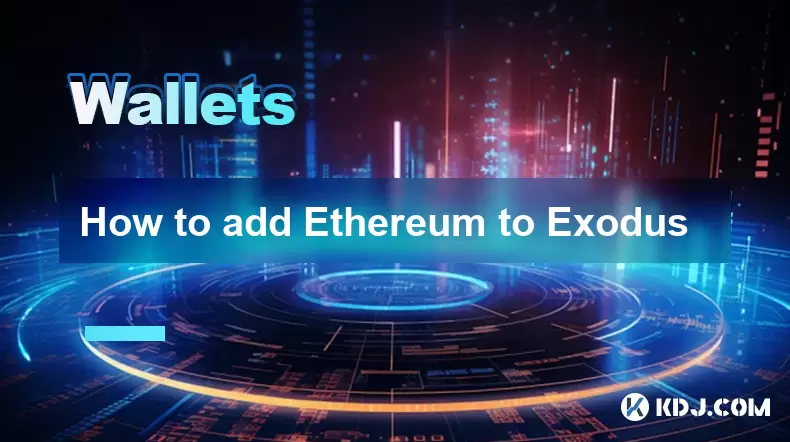
What is Exodus and Why Add Ethereum?
Exodus is a popular multi-currency cryptocurrency wallet that supports a wide range of digital assets, including Ethereum (ETH). It provides a user-friendly interface, making it ideal for both beginners and experienced users. Adding Ethereum to Exodus allows users to store, send, receive, and even exchange ETH directly within the wallet. Before proceeding, ensure that you have the Exodus wallet installed on your desktop or mobile device.
Creating or Accessing Your Exodus Wallet
To begin the process of adding Ethereum, you must either create a new wallet or access an existing one. When you first open Exodus, you'll be prompted to create a wallet. During this setup, Exodus will generate a recovery phrase consisting of 12 words. This recovery phrase is crucial for restoring your wallet in case of data loss or device failure. Make sure to write it down and store it securely. If you already have an Exodus wallet, you can import it using the recovery phrase.
Adding Ethereum to Your Exodus Wallet
Once your wallet is set up, adding Ethereum is a straightforward process:
- Open the Exodus application.
- Click on the 'Wallet' tab located at the top of the interface.
- In the search bar, type 'Ethereum'.
- Select Ethereum (ETH) from the list of available cryptocurrencies.
- Click the 'Add Wallet' button to activate the Ethereum wallet within your Exodus account.
After completing these steps, you’ll see a new Ethereum wallet section in your dashboard, complete with a receiving address and QR code.
Receiving Ethereum in Your Exodus Wallet
Once Ethereum is added, you can start receiving ETH by sharing your wallet address:
- Navigate to the Ethereum wallet section.
- Click on the 'Receive' button.
- A window will appear displaying your Ethereum receiving address along with a QR code.
- You can copy the address or scan the QR code to send funds from another wallet or exchange.
It's important to note that Ethereum transactions require gas fees, which are paid in ETH. Ensure that you have enough ETH in your wallet to cover these fees when sending or interacting with tokens on the Ethereum network.
Sending Ethereum from Your Exodus Wallet
To send Ethereum from your Exodus wallet:
- Go to the Ethereum wallet section.
- Click on the 'Send' button.
- Enter the recipient’s Ethereum address or scan their QR code.
- Specify the amount of ETH you wish to send.
- Review the transaction details, including the gas fee, before confirming.
Exodus allows users to adjust gas fees for faster or cheaper transactions. However, setting the gas price too low may result in delayed transaction confirmations.
Managing Ethereum-Based Tokens in Exodus
Exodus also supports ERC-20 tokens, which are built on the Ethereum blockchain. To add an ERC-20 token:
- Click on the 'Wallet' tab.
- Search for the token name or symbol.
- Select the token from the list and click 'Add Wallet'.
- Ensure that you are using the same Ethereum wallet address to receive these tokens, as sending them to a different address may result in loss of funds.
Never send non-ERC-20 tokens or tokens from other blockchains to your Ethereum wallet in Exodus, as this may lead to irreversible loss.
Frequently Asked Questions
Q: Can I add multiple Ethereum wallets in Exodus?A: Exodus allows only one Ethereum wallet per account. However, you can manage multiple Ethereum addresses by using different Exodus accounts or wallets.
Q: What should I do if I sent the wrong token to my Ethereum wallet in Exodus?A: If you mistakenly send a token from another blockchain (e.g., Binance Coin) to your Ethereum wallet, do not send any more funds to that address. Contact Exodus support immediately and provide the transaction hash for assistance.
Q: How do I back up my Ethereum wallet in Exodus?A: Exodus automatically backs up your wallet using the 12-word recovery phrase generated during setup. You can access this phrase in the settings under 'Backup & Restore'. Make sure to store it securely offline.
Q: Can I use my Ethereum wallet in Exodus with MetaMask or other wallets?A: Yes, you can import your Exodus Ethereum wallet into other wallets like MetaMask by using the private key or recovery phrase. However, always ensure that you are importing into trusted and secure wallets to avoid compromising your funds.
Disclaimer:info@kdj.com
The information provided is not trading advice. kdj.com does not assume any responsibility for any investments made based on the information provided in this article. Cryptocurrencies are highly volatile and it is highly recommended that you invest with caution after thorough research!
If you believe that the content used on this website infringes your copyright, please contact us immediately (info@kdj.com) and we will delete it promptly.
- Nano (XNO) Ignites: Volume Spike and Price Jump Signals Comeback?
- 2025-11-05 14:50:11
- Bitcoin's Bear Signal: Is a Collapse Incoming?
- 2025-11-05 14:40:15
- Nick Szabo, Bitcoin Future, and BTC: Navigating the Crypto Landscape in 2025
- 2025-11-05 14:50:01
- Bitcoin's Wild Ride: Saylor, Kiyosaki, and the Quest for $200K
- 2025-11-05 10:50:13
- Culex, Cardano, and Aster: A Crypto Cocktail of Mosquitoes, Dips, and CZ Fuel
- 2025-11-05 11:00:17
- Crypto Presales, Coin Growth, and Established Coins: Navigating the 2025 Buzz
- 2025-11-05 11:00:17
Related knowledge

Public vs. Private Keys: A Core Concept for Wallet Security
Nov 05,2025 at 03:18pm
Understanding Public and Private Keys in Cryptocurrency Wallets1. In the world of cryptocurrency, public and private keys form the foundation of walle...
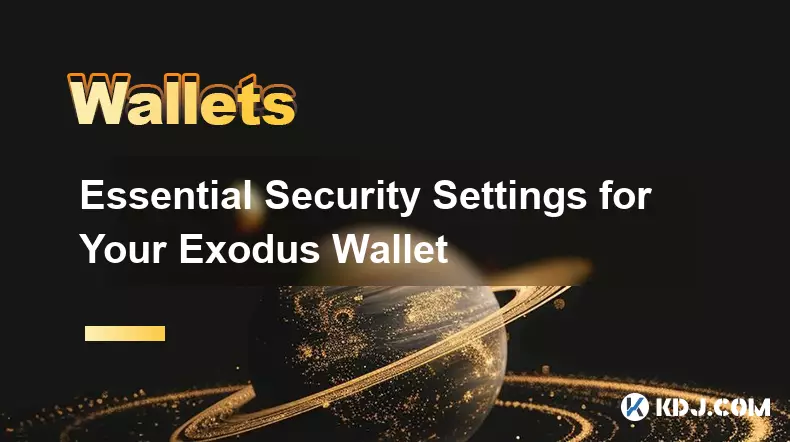
Essential Security Settings for Your Exodus Wallet
Nov 05,2025 at 08:00am
Understanding Exodus Wallet Security Fundamentals1. Exodus is a software wallet that allows users to store, manage, and exchange various cryptocurrenc...

Reviewing Smart Contract Permissions: A Critical Security Step
Nov 01,2025 at 04:55pm
Understanding Decentralized Exchanges in the Crypto Ecosystem1. Decentralized exchanges (DEXs) have reshaped how traders interact with digital assets ...
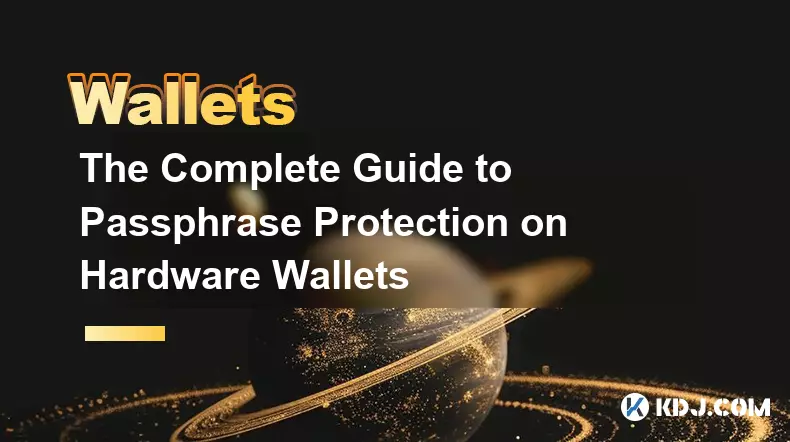
The Complete Guide to Passphrase Protection on Hardware Wallets
Nov 03,2025 at 10:37am
Understanding Passphrases in Hardware Wallets1. A passphrase, often referred to as a 25th word, adds an additional layer of security beyond the standa...
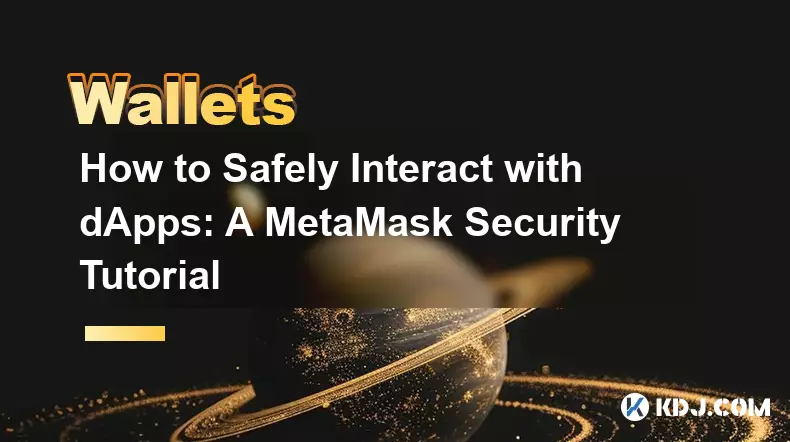
How to Safely Interact with dApps: A MetaMask Security Tutorial
Nov 04,2025 at 02:54am
Understanding dApp Interaction Risks1. Decentralized applications (dApps) operate on blockchain networks, enabling users to trade tokens, lend assets,...
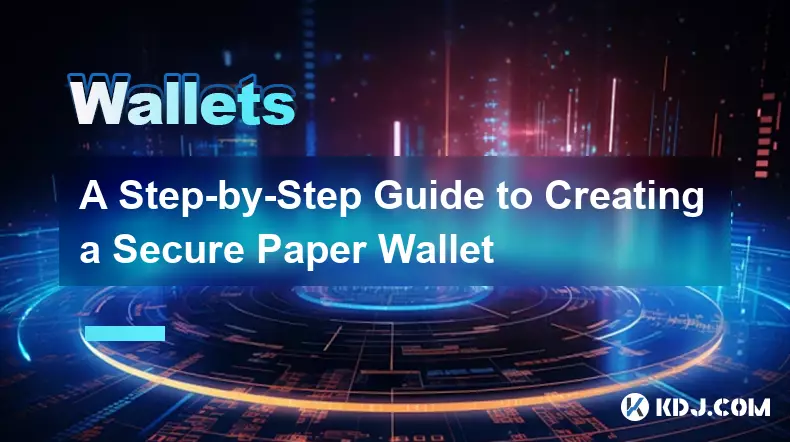
A Step-by-Step Guide to Creating a Secure Paper Wallet
Nov 05,2025 at 04:39am
Understanding the Basics of a Paper Wallet1. A paper wallet is a physical document that contains the private and public keys of a cryptocurrency addre...

Public vs. Private Keys: A Core Concept for Wallet Security
Nov 05,2025 at 03:18pm
Understanding Public and Private Keys in Cryptocurrency Wallets1. In the world of cryptocurrency, public and private keys form the foundation of walle...

Essential Security Settings for Your Exodus Wallet
Nov 05,2025 at 08:00am
Understanding Exodus Wallet Security Fundamentals1. Exodus is a software wallet that allows users to store, manage, and exchange various cryptocurrenc...

Reviewing Smart Contract Permissions: A Critical Security Step
Nov 01,2025 at 04:55pm
Understanding Decentralized Exchanges in the Crypto Ecosystem1. Decentralized exchanges (DEXs) have reshaped how traders interact with digital assets ...

The Complete Guide to Passphrase Protection on Hardware Wallets
Nov 03,2025 at 10:37am
Understanding Passphrases in Hardware Wallets1. A passphrase, often referred to as a 25th word, adds an additional layer of security beyond the standa...

How to Safely Interact with dApps: A MetaMask Security Tutorial
Nov 04,2025 at 02:54am
Understanding dApp Interaction Risks1. Decentralized applications (dApps) operate on blockchain networks, enabling users to trade tokens, lend assets,...

A Step-by-Step Guide to Creating a Secure Paper Wallet
Nov 05,2025 at 04:39am
Understanding the Basics of a Paper Wallet1. A paper wallet is a physical document that contains the private and public keys of a cryptocurrency addre...
See all articles










































































